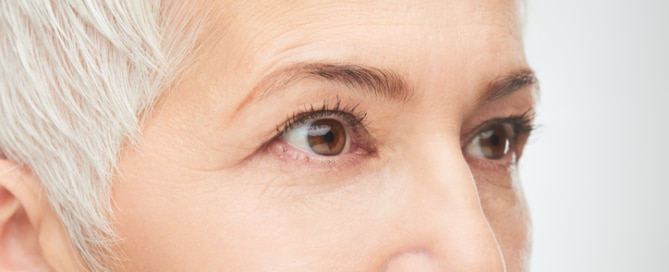Orbital Decompression for Thyroid Eye Disease
An overactive or underactive thyroid can have a variety of detrimental effects on the body. Thyroid eye disease is a condition that occurs secondary to general thyroid disorder in which the inflammatory response of the immune system affects the soft tissues in the eye socket. This inflammation usually occurs in both eyes, though not necessarily […]
Orbital Decompression for Thyroid Eye Disease Read More »




